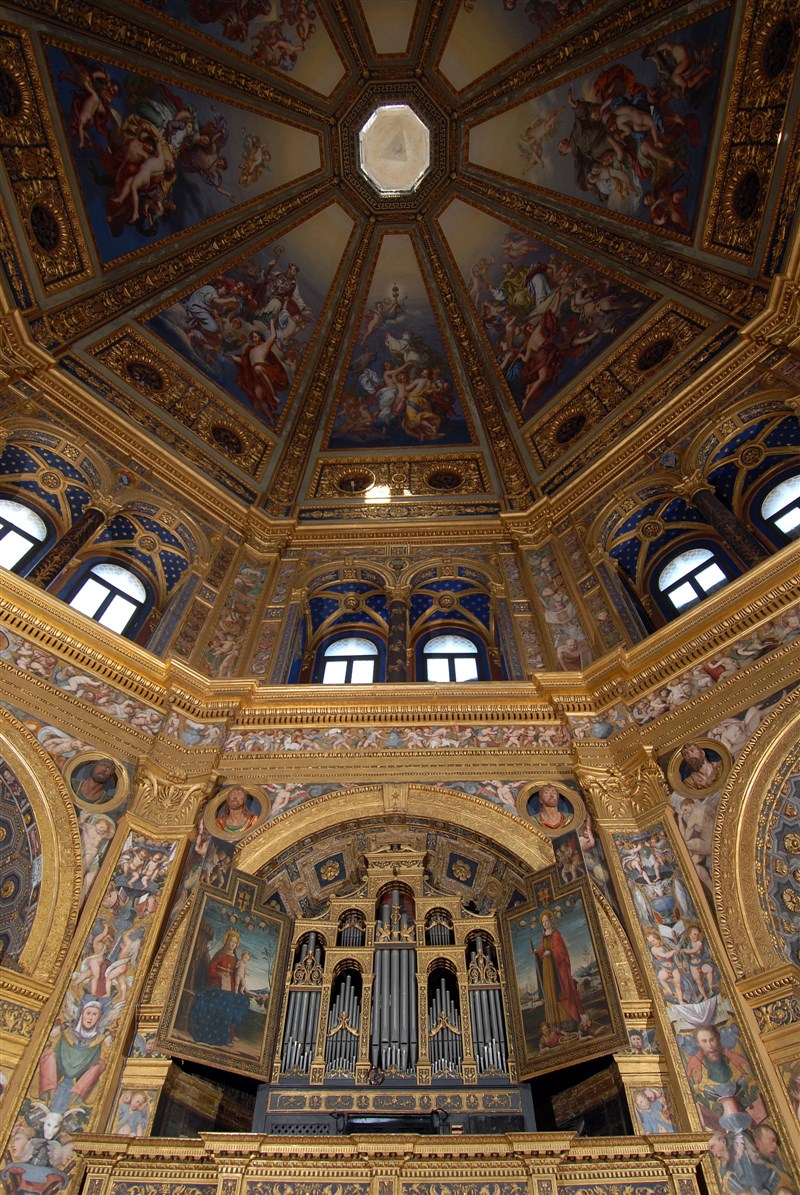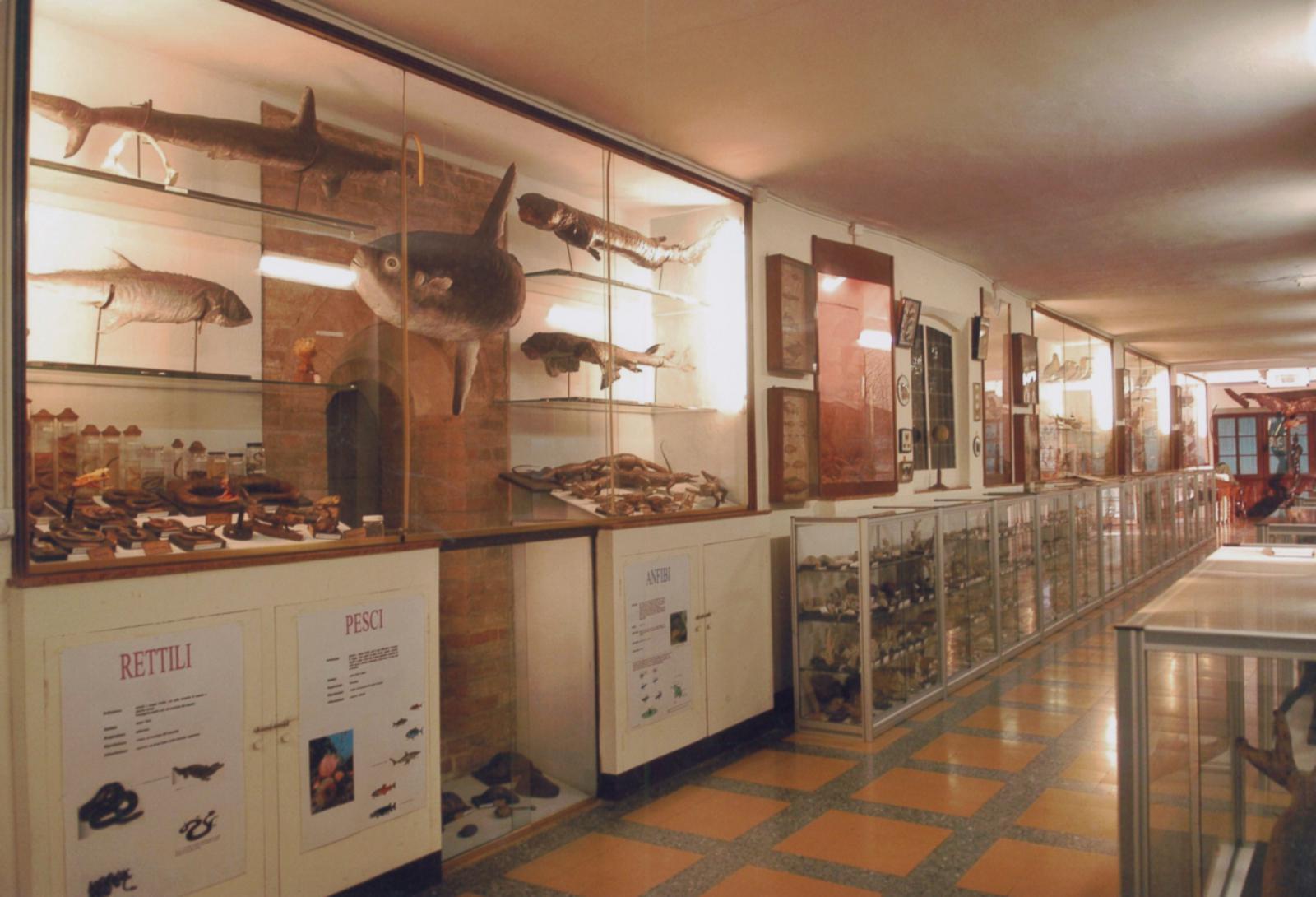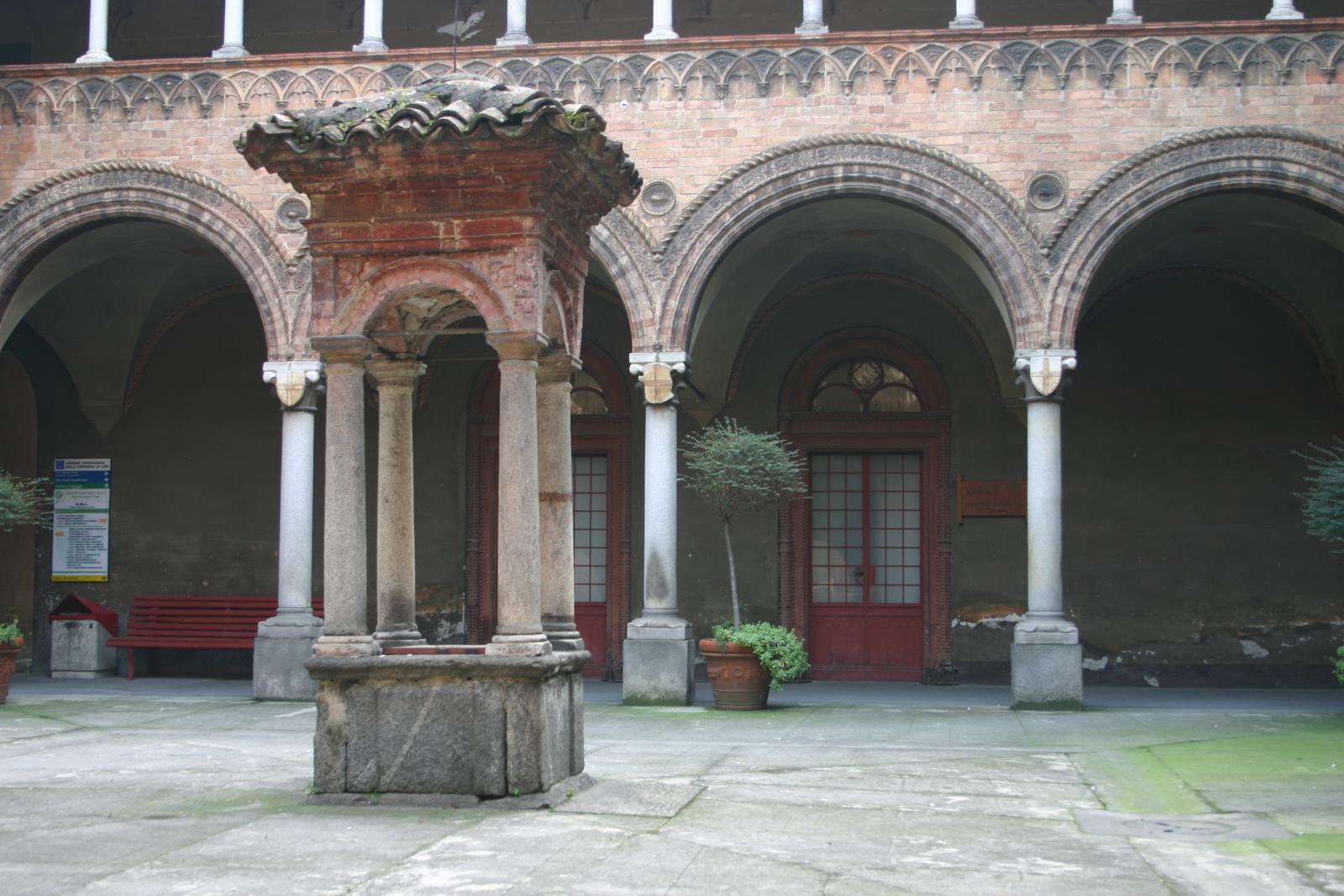Musei Artistici Archeologici
BackBERSAGLIERI HOUSE MUSEUM
The aim of the Museum is to collect historic documents concerning the Bersaglieri corps to keep memories alive. Of particular interest among the authentic memorabilia are the uniform of a lieutenant colonel dated 1870, the camouflage worn in Russia during the Battle of the Don in 1942, a stone lithograph depicting the breaching of Porta Pia, a 1911 military bicycle and a carved wooden bust of a bersagliere. The guided tour includes explanations about the historic exhibits, and on request, viewing of short films and photographic CDs of various events held throughout Italy in memory of all bersaglieri.
LODI CIVIC MUSEUM
The museum is temporarily closed for restoration of the library. The date of re-opening is not currently available.
SANTUARY OF THE INCORONATA TREASURY MUSEUM
The Sanctuary of the Incoronata treasury museum in Lodi is a collection of liturgical objects linked to the history of the Sanctuary of the Blessed Crowned Virgin. Inaugurated in 1988, it is housed in underground rooms beneath the monumental sacristy which feature intersecting barrel and ribbed vaults, arches, niches and splayed windows. The vast collection of liturgical objects on display here includes reliquaries, chalices, candlesticks, palm vases, monstrances, ampullas and reliquary holders. Of particular interest among the liturgical implements are numerous paraments with chasubles, copes, stoles, maniples, humeral and chalice veils, bags, tunicles and albs edged with intricate lace dating from the XVII and XVIII centuries. (The works on display are not only rare and unique pieces of sacred art, but a collection of objects with connections to the religious functions of an important sanctuary).
LODI DIOCESAN MUSEM OF SACRED ART AND DIOCESAN HISTORICAL ARCHIVE
The Diocesan Museum of Sacred Art contains artistic works from the Cathedral and parish churches in the Lodi area. The museum houses works significant to the history of Renaissance goldsmithry and textile art, such as pieces surviving from St. Bassiano’s Treasury, donated to the Cathedral by Bishop Carlo Pallavicino at the end of the XV century. The Lodi Diocesan Historical Archive houses and preserves a wealth of historical documentation produced from the IX to the XIX centuries.
“ETTORE ARCHINTI” MUSEUM, LODI
The “Ettore Archinti” Museum houses some of the Lodi-born artist and politician’s works. These include plaster casts, bronze statuettes and wall medallions. The Museum also contains the forge and tools used by Archinti, as well original or copies of documents tracing his artistic and political career. One room in the building is also a newspaper and periodical library containing various collections of socio-political magazines and Lodi periodicals.
FOLLIGENIALI MUSEUM, LODI
Housed in a lovely Art Nouveau-style former nursery school given a new lease of life by sympathetic restoration, the Folligeniali Museum offers visitors just a selection of works by students of the Borgognone Art School, founded by Angelo Frosio in the Seventies, and of some 20th century masters such as Enea Ferrari, Ugo Stringa, Hsiao Chin, Maiocchi, Pollini, Agnetti and Piero Manzoni. The museum encapsulates the School’s mission: art is doing, transforming material, and restoring dignity to everyday things.
“CARLO LAMBERTI” ART COLLECTION, CODOGNO
Created in terms of the provisions of Carlo Lamberti’s will, the collection consists of one hundred and twenty-two works including paintings, water colours, drawings and sculptures that date from the XVI century to the present day. The collection contains works by artists of national importance, such as Giuseppe Novello, Enrico Groppi, Alessandro Bertamini and Giorgio Belloni, and internationally acclaimed artists, including two watercolours by Tranquillo Cremona, Le curiose and Ripassando la lezione.
OLD LODI ARCHEOLOGICAL AREA
The Laus Pompeia Museum is located in an 18th century building used for many years as a stall and barn and belonging to the Corte Bassa rural complex. Inside the building is not only the city Museum situated on the first floor, but also the Library, which houses the collection of Antonio Frova, a Milanese archaeologist who was particularly fond of Old Lodi and who can be credited with the first archaeological studies conducted with a scientific approach.
The Museum is situated in one of the most important sites for the history of Old Lodi, Piazza Santa Maria, the area of the Laus Pompeia forum, the main square of the Roman city. Nowadays not only the Museum can be visited in this area, but also the adjoining archaeological area where the remains of Santa Maria, the ancient Cathedral of Old Lodi, built at the end of the IV century and demolished at the end of the XIX century, can be seen.
The medieval finds from the lost basilica have their rightful place in the former Conventino, a XVII century building where the museum’s educational activities and the city’s temporary exhibitions are held.
VILLA LITTA , ORIO LITTA
The imposing Baroque-era building reflects the splendours of a XVII and XVIII century aristocratic residence. Building was started in 1688 and completed in 1749; on completion the villa contained an elegant salon for parties, a theatre and a chapel, as well as service areas including an ice house and stables. The gardens extended from the back of the villa to a boat dock on the River Po.
BASILICA OF SAINTS ANTONIO AND F. CABRINI MUSEUM, SANT’ANGELO LODIGIANO
The museum was established to do justice to interesting examples of sacred art preserved in the Basilica. The museum display inside the basilica occupies evocative spaces such as the women’s galleries running around the perimeter of the church and the great room above the main entrance, which is the key point of the entire exhibition. The collection includes objects created between the XVII and the first decades of the XX century, which are interesting for the variety of techniques and materials used.
MORANDO BOLOGNINI FOUNDATION MUSEUM,SANT’ANGELO LODIGIANO
Morando Bolognini Museum:
Established in the first decades of the 20th century, the Museum comprises twenty-four rooms richly furnished in “House Museum” style, and offers visitors the chance to experience fascinating, old-time climates. Furniture, paintings and crockery from between the 18th and 20th centuries can be seen, as well as handcrafted wrought iron works. Of particular interest is the Library, which houses about 2,000 books, and the Armoury, made up of about 500 pieces of various eras and provenance.
History of Agriculture Museum:
The Museum houses agricultural finds from the Neolithic to the Roman, Medieval, Renaissance and modern ages. A large section is devoted to traditional Lodi agriculture, with reconstructions of artisans’ workshops: carpenter-wheelwright: blacksmith-farrier, saddle maker, as well as two farmhouse rooms (kitchen and bedroom). One room contains the contribution of non-European civilizations to our agriculture. On display in the courtyard are agricultural carts and machinery from the early industrialization of the countryside.
Bread Museum:
This is housed in five rooms. The first contains cereals, the raw materials for the world’s different breads. In the second room, the various stages of the “Wheat-Flour-Bread” cycle are illustrated in a primarily educational set up, while the third room houses over 500 loaves of bread from Italy’s regions and many European and non-European countries. In the fourth room is the equipment for making bread, and displayed in the last room are the “grida”, taxes and government regulations issued in the XVIII and XIX centuries. There are also artistic bread compositions made by expert breadmakers.
MARIO BORSA MUSEUM
The Museum retraces the personal and professional life of Mario Borsa. Born in Somaglia in 1870, he was one of the most enlightened and multi-faceted intellectuals of the 20th century. Remembered mainly for being editor of the Corriere della Sera in the Liberation period, he was actually much more than a journalist, being an historian, literary and theatre critic, essayist and novelist of indisputable ability. Located in the Castello Cavazzi, the museum contains some of his life’s most significant works and documents.
 Italiano
Italiano English
English


